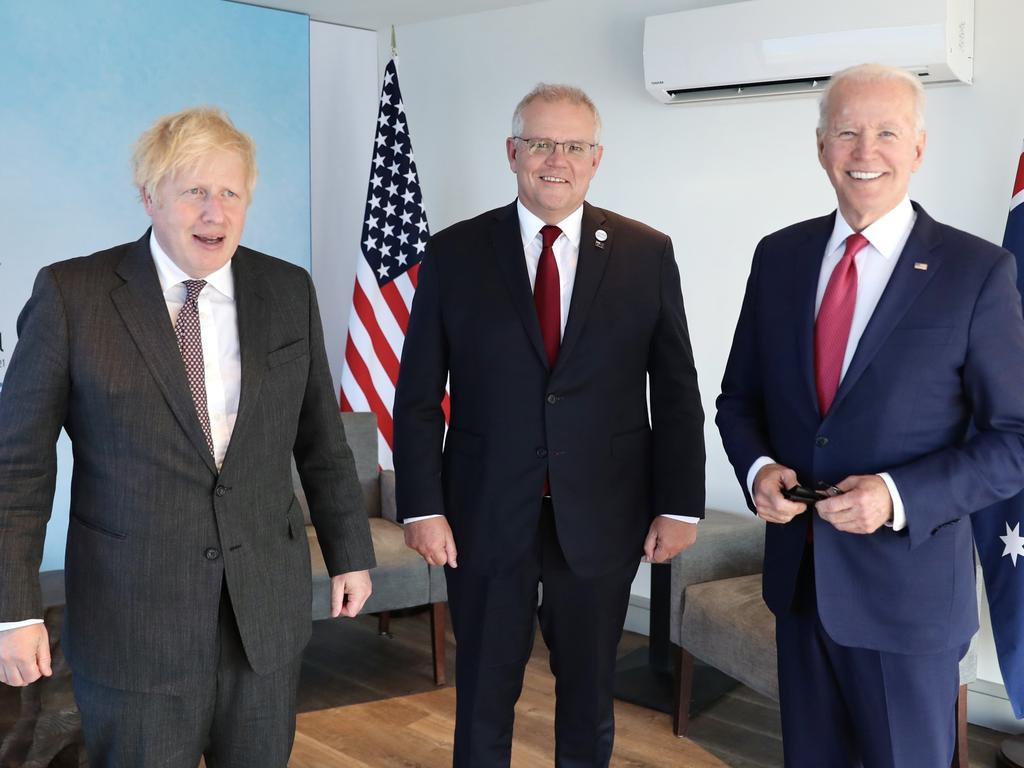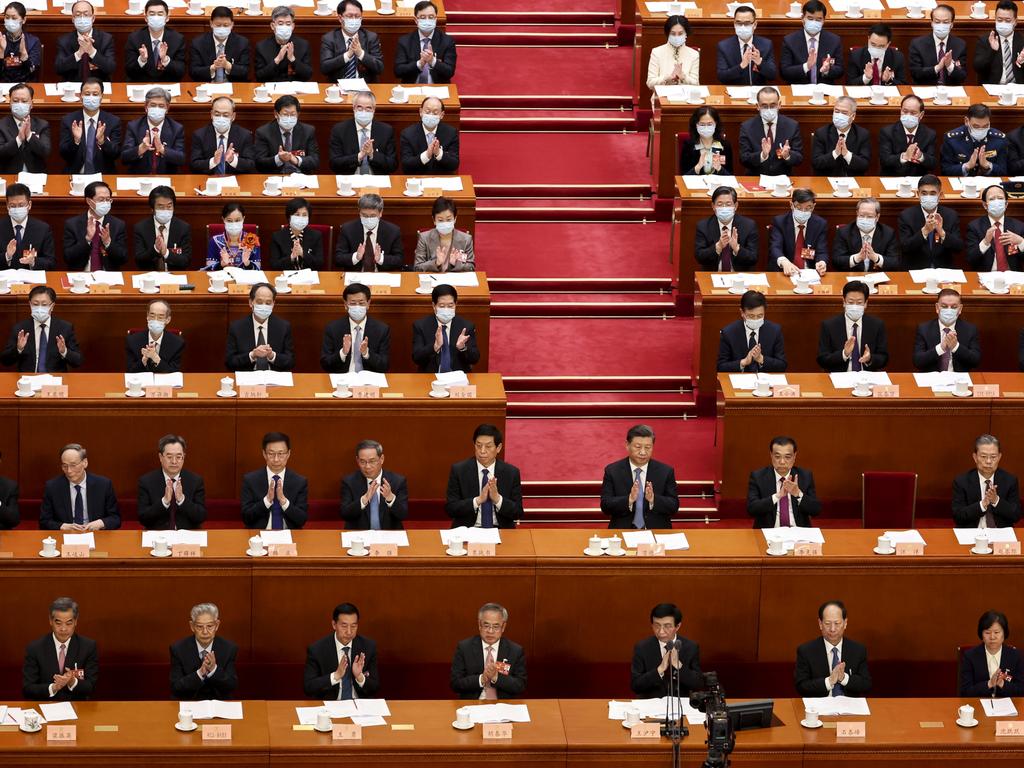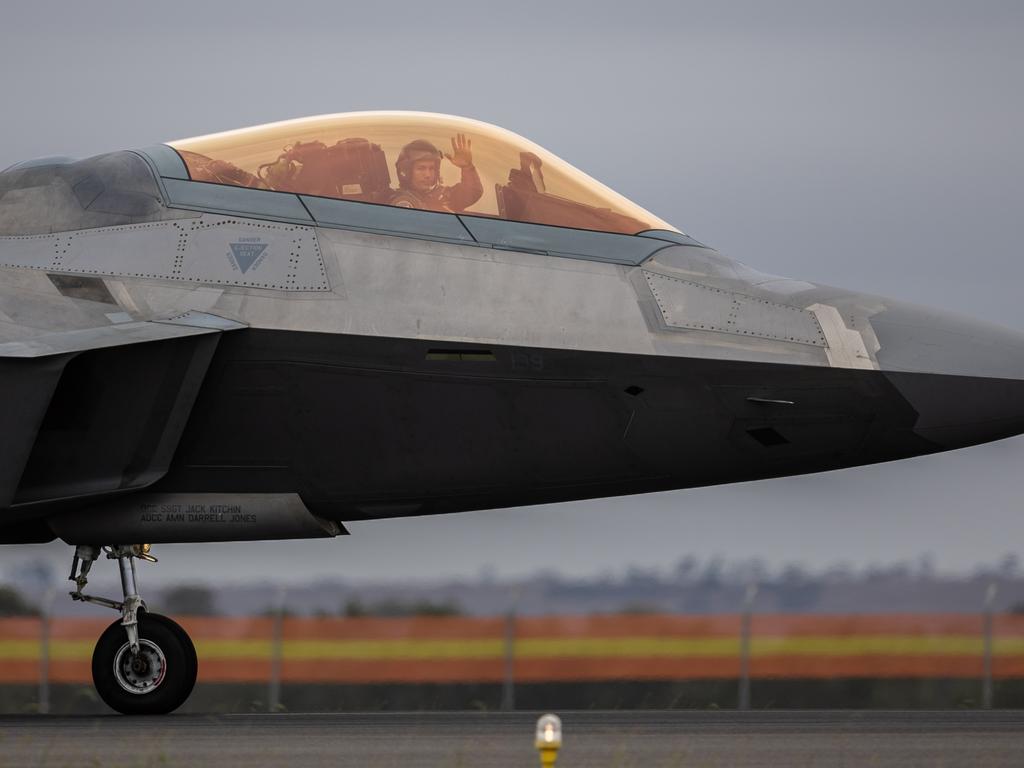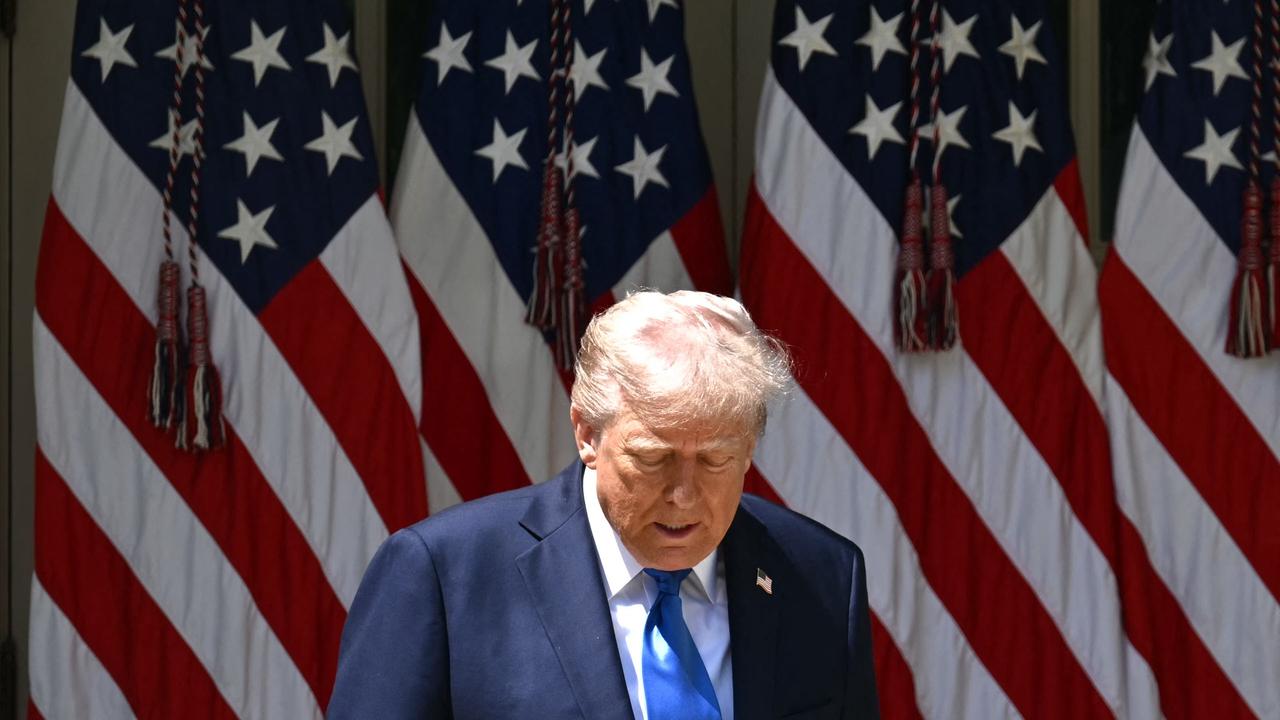US forges closer military ties in region to counter Beijing
When the top general for the US Air Force in the Pacific travelled overseas recently, responsibility for 46,000 personnel across the region fell to an air vice-marshal from the Australian air force.

When the top general for the US Air Force in the Pacific travelled overseas recently to meet US allies, responsibility for 46,000 personnel across the region fell to an unusual second-in-command: an air vice-marshal from the Australian air force.
The Australian officer was appointed recently to be one of two deputy commanders for the US Air Force in the region at its base in Hawaii. Although it isn’t unusual for people from friendly nations to embed in the US military, it is the first time an allied officer has held such a top operational role in the US Air Force’s Pacific command.
“That’s the kind of trust that we have in our two air forces, that we could work that closely together,” General Kenneth Wilsbach, the US Air Force commander for the Pacific, said while on a recent visit to an air show in Australia.
As concerns grow that China could launch an invasion of Taiwan in the coming years, the US military is expanding its footprint in Asia and the Pacific and boosting the capabilities of allies, which US planners hope will deter China from any aggressive moves. Key to that strategy is a growing focus on interoperability – the ability of US and allied militaries to operate effectively together.
Defence Minister Richard Marles has said he wants to move even beyond interoperability to “interchangeability”, which defence experts say could involve frequently using each other’s weapons, equipment and ammunition supplies, and co-ordinating logistics and supply chains more efficiently.
“The theme of interoperability is huge,” said Peter Dean, who was a senior adviser to Australia’s recent government review of its military, and is now a professor and foreign policy and defence director at the University of Sydney’s US Studies Centre.
Other allies in the region are also working more closely with the US. South Korea, which already has an integrated command structure with the US as a legacy of the Korean War, joined the US and Japan last month in missile-defence exercises that focused on interoperability.
Japan in recent years has also held joint drills with the US that practised deploying certain capabilities together for the first time.

One challenge to further integration between US and allied militaries are US rules, called International Traffic in Arms Regulations, that control the export of defence and military technologies, and which some people in the defence industry say make it difficult for close US allies to get the most advanced US weapons and equipment. Defence experts say easing those regulations could make it simpler for friendly nations to set up factories to build US missiles or their components. High demand for those types of weapons in the war in Ukraine has depleted US stockpiles, sparking a US effort to increase production.
Australia, which is looking to set up a domestic missile-manufacturing capability, has said it is working with the US to reduce regulatory barriers. Australia is already part of the Five Eyes intelligence-sharing network, which includes the US, UK, Canada and New Zealand, and has long fought with the US in major conflicts. But Australian officials have been particularly focused recently on improving the ability to partner with US forces. The US, meanwhile, is planning to increase its presence in strategic northern Australia, a possible staging ground for any conflict in the Indo-Pacific and where US Marines have been training with Australian troops.
Aside from exploring ways to manufacture the same munitions, the two countries have been buying the same equipment, broadening the scope of joint exercises, and enhancing people-to-people links.
Interoperability is expected to be a key feature of a plan for how the US and the UK will help Australia develop a nuclear-powered submarine capability under the three-way AUKUS pact.
“We think about interoperability when we design and deliver aircraft,” said Robert Chipman, chief of the Australian air force, which is acquiring Triton surveillance drones that will be able to share information with the US.
“It’s very important to us to make sure you get that right from the outset.”
Australia already operates the F-35 jet fighter alongside the US, and is buying more US equipment: the Himars rocket launcher, upgraded Abrams tanks, and Apache and Black Hawk helicopters. The US is acquiring the Wedgetail surveillance aircraft, which is already operated by Australia, and is testing the Ghost Bat drone, an Australian project that will be able to fly unmanned alongside fighters.
“We had started with interoperable, and now what we aspire to – and there’s quite a bit of work to do here – is to be truly interchangeable, ” said Brigadier General Chris Niemi, the strategy director for the US Air Force in the Pacific. He added that being able to use Australian munitions on a US aircraft would be beneficial in a conflict.
An obstacle for military officials was that even if two countries operate the same equipment, it didn’t mean their weapons were always automatically compatible, said Professor Dean.
Until now, the US had often sold export versions of its equipment to other nations that differed from what is used in the US military, he said. Those differences could be minor components, or varying versions of software inside the systems, he said.
Still, having the same hardware means Australia and the US could eventually co-operate more on maintenance, allowing US assets to be serviced in Australia.

Defence Industry Minister Pat Conroy recently highlighted how a US Navy Seahawk helicopter – a model that is also operated by Australia – is undergoing certain maintenance in Australia for the first time.
“The cost of running defence equipment, even for the United States, is getting more expensive,” Mr Conroy said. “Where you could increase economies of scale by co-operating together, that’s important.”
China has criticised the move to further integrate the US and Australian militaries. The Chinese state-run newspaper Global Times said that would result in Australia’s military becoming a “plug-in” of the US.
Australian officials say despite the interoperability, they will retain sovereignty over their military. The North Atlantic Treaty Organisation, the US-led military alliance with countries from Europe and North America, has an agency that focuses on standardising equipment and procedures among member nations to improve interoperability. A broad alliance like that was unlikely in the Pacific, but a similar standardisation framework could be useful, said Mick Ryan, a retired major general in the Australian army.
Interoperability “hasn’t always been done at the scale it is being done now”, said Major General Ryan, who is also an adjunct fellow at the Centre for Strategic and International Studies think tank.
“Over the past decade or so, we’ve really stepped it up across more functions.”
Additional reporting: Alastair Gale, Dasl Yoon
The Wall Street Journal







To join the conversation, please log in. Don't have an account? Register
Join the conversation, you are commenting as Logout